An era is drawing to a close! A period when people used to wake up before the birds and the sun. An Era when people ate their dinner during sunset and went to bed early. A time when people plucked flowers from their backyards for their prayers. An era that wore colourful sarees, binds and bangles. And probably we were the fortunate ones to have our grandparents belong to this glorious era.
I always remembered my Grandmother stocking up on a pile of glass bangles of every size and colour. She would gift them to the married women on Fridays after Pooja or on special occasions. I have always wondered about the reason behind this tradition. Recently, I visited the architectural wonder - The Brihadeeshwara temple of Tanjore. The sculptures of the temple were alluring and brought back memories of my Grandmother. These beautiful sculptures have been embellished with Kadas and bangles, and at that instance, I realised that bangles were always an integral part of Indian Culture and tradition.
ITIHASA ON BANGLES

I came across a fascinating legend connecting the ancient use of bangles. It is stated in the Shiva Purana that during the wedding of Lord Shiva and Goddess Parvathi, the bangle-making community called Lakhera attended the wedding ceremonies. They presented a unique bangle made out of LAC to the Lord, who in turn gifted it to Goddess Parvathi as a mark of their marriage, and ever since that day, the brides and the married women of India adorn themselves with bangles.
I realised that bangles were not used only as a style statement but also responsible for many health benefits.
HEALTH BENEFITS OF WEARING BANGLES
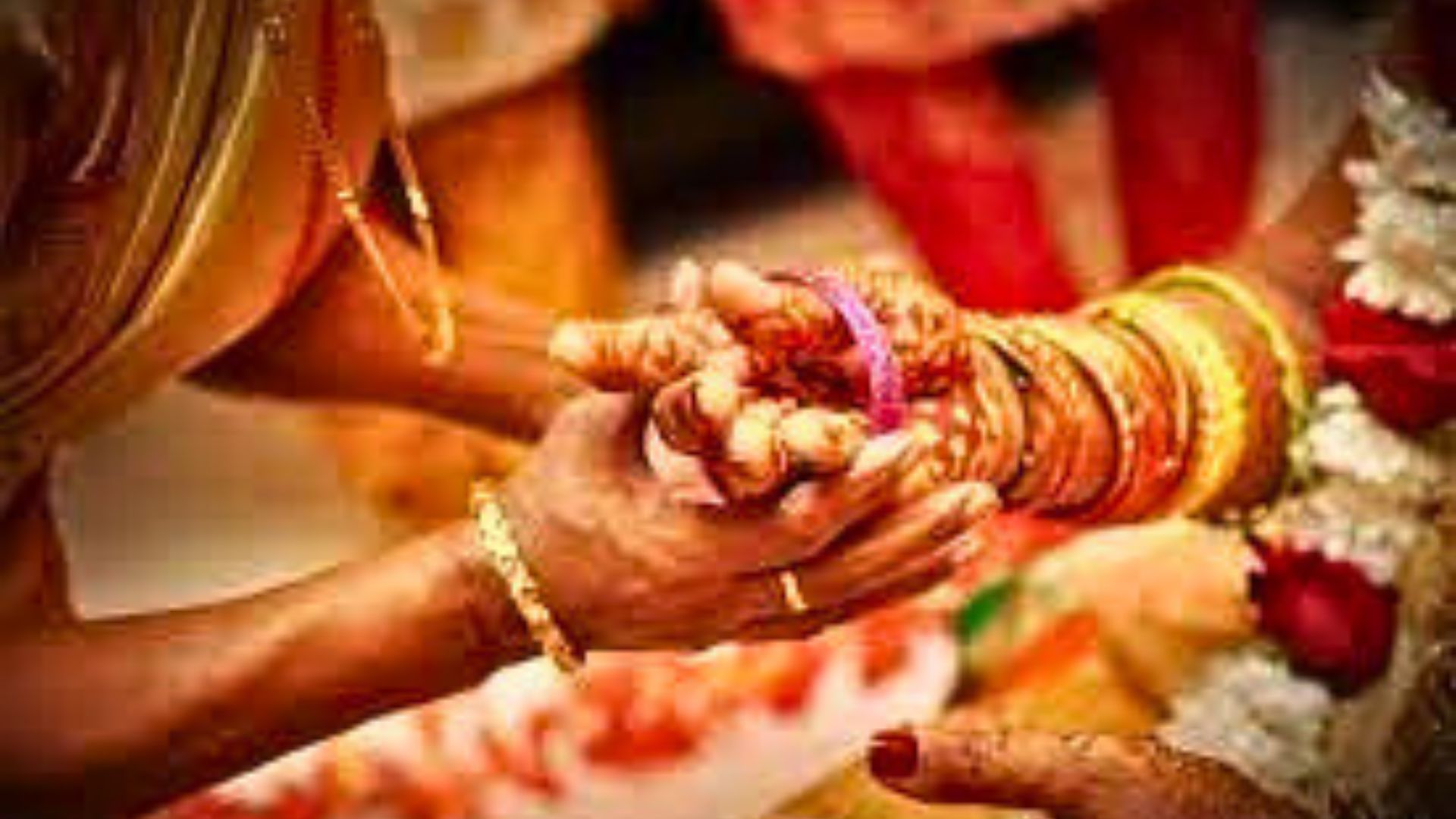
Bangles are in constant touch with the wrists of the wearer. They cause friction which helps regulate the blood circulation and the pulse in the body. Its believed that wearing bangles will help to bring balance to the Nadi in the body. This friction in the wrists is a vital element to well-being, and the ancestors designed bangle-like hoops called Kadas for men to wear as well.
An expecting mother is adorned with bangles and showered with love during the Valaikappu ceremony - during which the mother-to-be gets presented with bangles. This bangle ceremony is a tradition followed even today after the seventh month of pregnancy. It's well known that the baby inside the womb begins to hear after the seventh month, and the sounds of bangles jangling mixed with the Mother's voice offers the baby the comfort that soothes the child in the womb. The jangling of the bangles is also said to create a strong bond between the mother and the baby.
BANGLES FOR THE NEWBORN CHILDREN
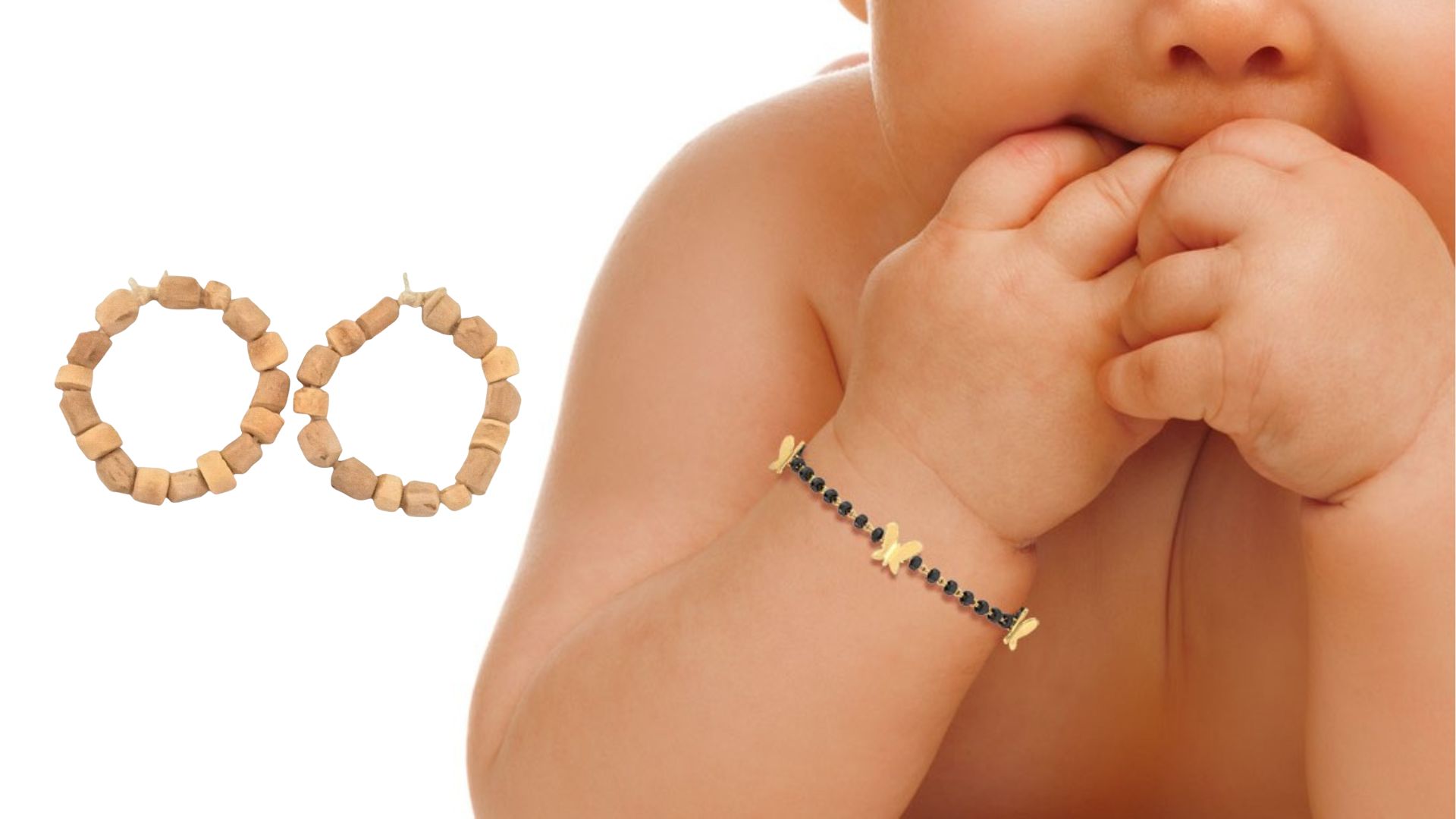
Bangles are worn not only by the brides of India but also by newborn children. The newborn babies (both male and female), are presented with black-coloured bangles soon after birth. According to Indian culture, wearing black beaded/black coloured bangles will ward off the evil spirit and the evil eye ( Buri Nazar). Today, bangles are designed and created from diverse materials ranging from precious metals like Gold, Silver, Brass and black beads to black threads.
Alternatively, the elders prefer to adorn the newborn child with a Vasambu Bangle / Bracelet. Vasambu is a super herb with multiple benefits. It is also known as the sweet flag / Vacha. Some benefits of this herb include retarding the growth of bacteria and reducing the possibility of high blood pressure. Also, it is an intestinal relaxant, and the elders always tie a bracelet (made out of Vasambu / Vacha) around the newborn baby so that the baby remains healthy and stress-free.
TRADITIONAL BANGLES ACROSS INDIA
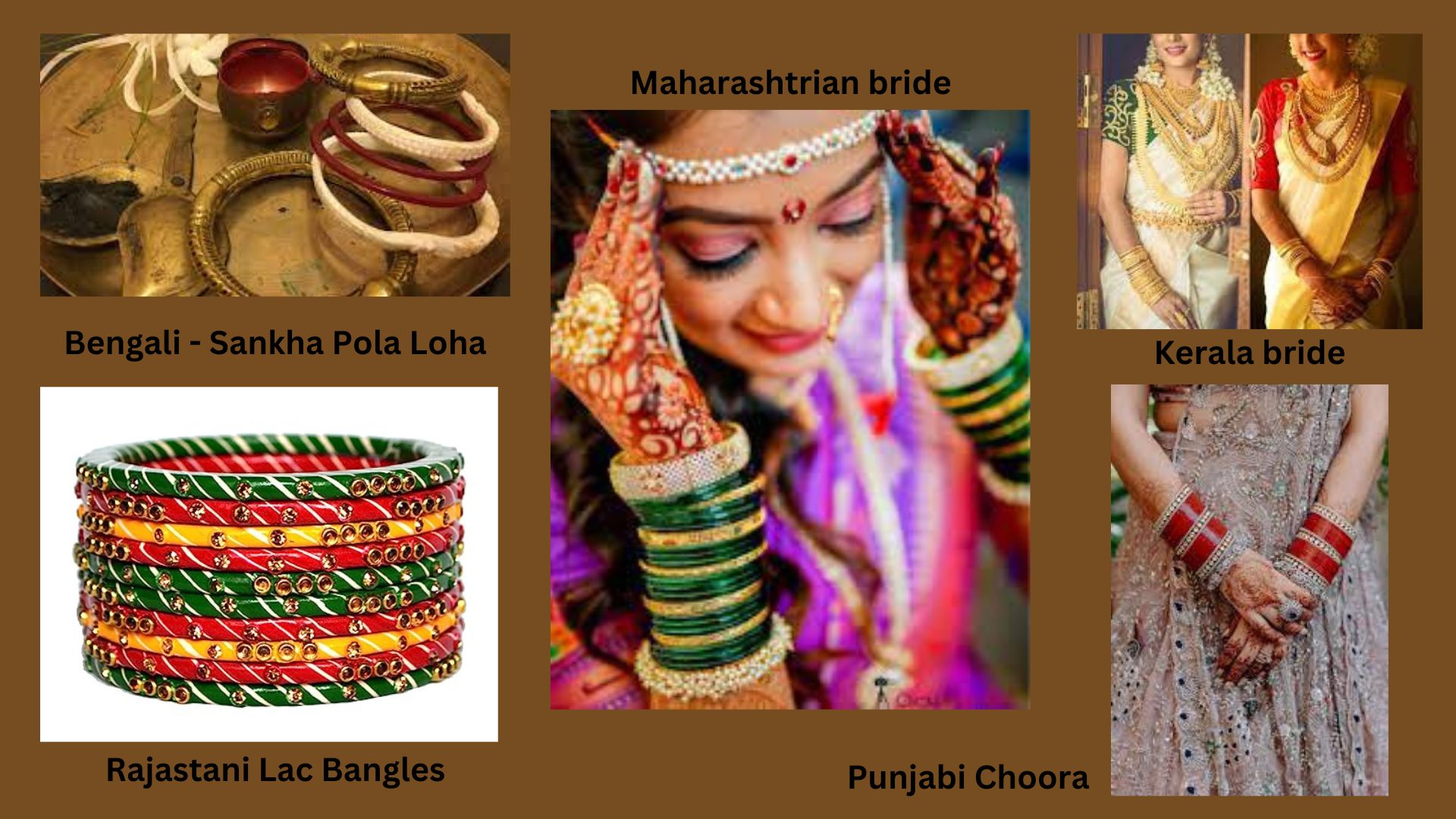
The Bengal marriage celebrations are full of rituals, and one such tradition is to wear the Sankha - pola - Loha. These are different types of bangles worn by the brides as a mark of marriage. Sankha refers to the white bangles made of conch shells, and Pola is red bangles typically made of red corals. The Loha is an iron bangle worn only on the left hand. These bangles are soaked first in a bowl mixed with turmeric and milk, and seven married women slip these bangles onto the brides' hands.
In Punjab tradition, the bangles are called Choora or Chuda. The Punjabi brides wear their chuda as they believe it will bring them good luck. It is a sign of fortune and fertility and is said to strengthen the bonds between the newlyweds. The newlywed bride wears it for a minimum of 41 days after marriage. The traditional bangles are either maroon or red. However, other colour bangles are available, and the brides coordinate the colour according to their wedding outfits. The chudas are always presented to the brides by the maternal uncle and aunt in a special ritual called the Chura ceremony. The brides are not allowed to see their chudas, and they close their eyes when being presented to them. Elders and relatives touch the chuda and bless it before it gets offered to the brides.
The Punjabi Kada is also a traditional bangle worn by the Punjabi girls and boys alike. A strong belief persists that wearing the Kada will establish a powerful spiritual bond with God. The 10th Guru, Gobind Singh Ji established the Kada, and the Sikhs wear their Kada on their right hand. Traditionally the Kada is made of Iron, but now other materials like gold are used.
Lac bangles are unique that are hand-crafted in Rajasthan. Lac is a resinous substance secreted by insects such as Laccifer lacca / Tachardia lacca. These insects feed on certain trees, colonise them and produce scarlet resinous pigments. The branches get cut, and the Lac is harvested and collected. Then this is washed several times to obtain the pure form of Lac. Bangles and other products get designed from the clean Lac. Lac bangles come in all colours and sizes. Nowadays, they are inlaid with glass and other gems to make them attractive to women. Our Puranas state that Lord Shiva offered Lac bangles to Goddess Parvathi during their wedding. This craft of making Lac bangles originated in Jaipur in 1727 and is famous for making these unique bangles.
Bangles are also a Prime ornament for a Maharashtrian bride. Unlike the red chooda worn by the north Indian brides, the Maharashtrian bride wears green-coloured bangles. They are a sign of fertility and prosperity. Brides in certain parts of Karnataka wear these green bangles during their weddings. Nowadays, gold bangles are worn mixed with green bangles.
The bides of Kerala wear the traditional kasavu saree that is white with a gold border. The brides pair it with lightweight gold jewellery. They wear Gold bangles on both arms and look stunning. Their traditional bangles are the thin Ottavala and thick broad thadavala. The gold bangles are intricate with works of temple jewellery.
Modern brides are not afraid to experiment, and she wears bangles made from Diamonds, gold, pearls, enamel works and precious stones.
BANGLE MARKETS IN INDIA
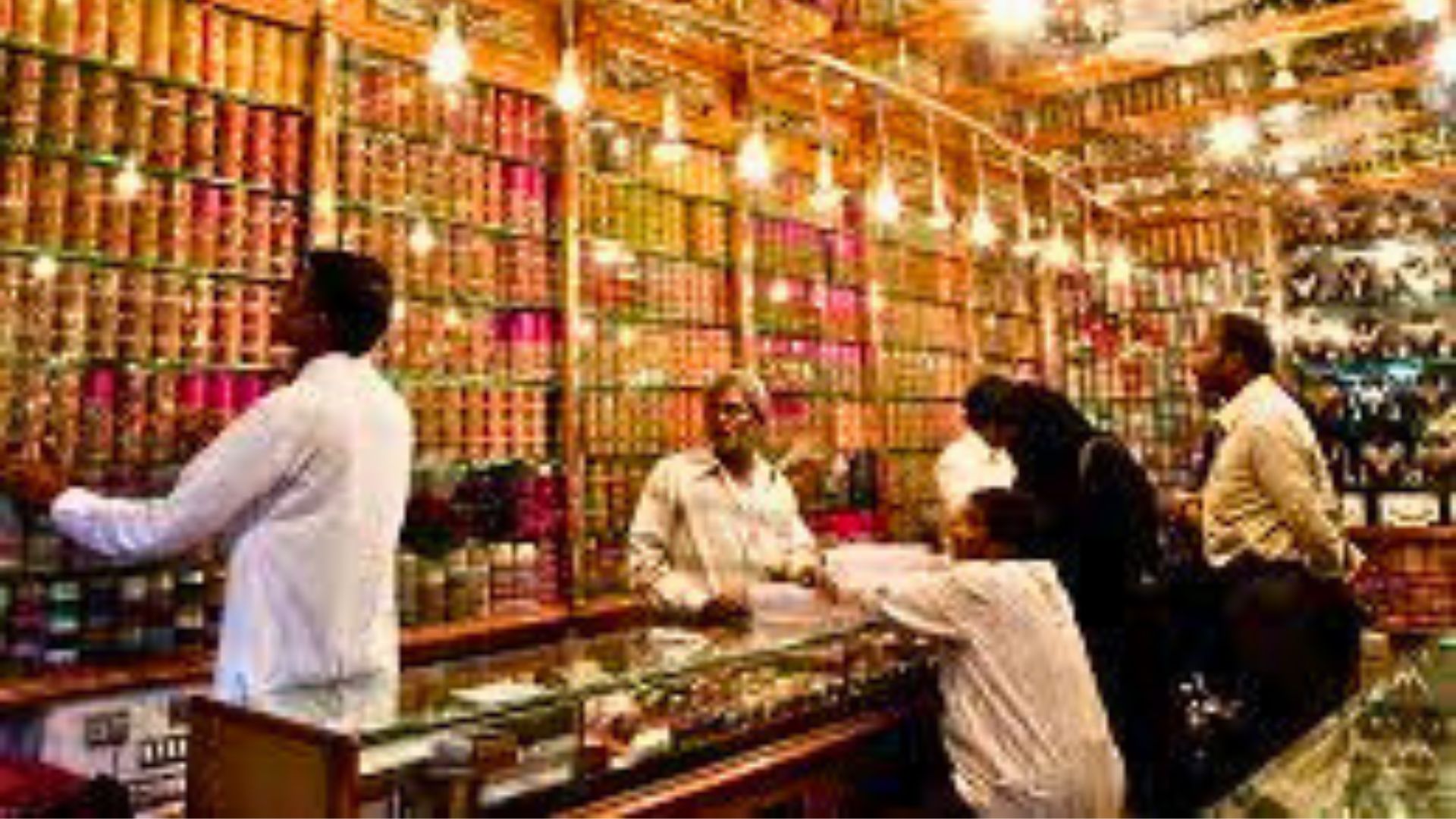
Firozabad, a city in Uttar Pradesh, is the glass capital of India and is famous for the production of Glass bangles in the world. Bangle-making is a household business which is handed-down generations. Moradabad, in Uttar Pradesh, is said to be the largest producer of bangles. Here different communities come together to manufacture the bangles. Lad Bazar, in Hyderabad, is one of the most famous and largest bangle markets. It is in Andra Pradesh. Women are also actively involved in the process of making bangles here, and they are the ones who are responsible for decoration work on the bangles. The bangle market here has bangles of Lac, glass, Brass, pearls and silver.
Bangles, the humble, circular piece of jewellery, have stood the test of time, and their earliest known usages have been traced back to the Indian women from the Mohenjo daro times. A statue from this ancient times has been un-earthed, adorned with bangles on her hands. From these ancient times, the bangles have evolved and have found their unique place in modern times. Now, bangles have become more of a fashion statement as it is teamed up beautifully with traditional attire. I sincerely hope that this tradition stays alive as the time goes by!
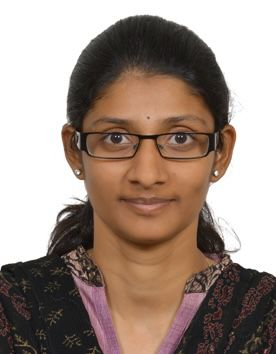 I am Vaishnavi Gurusankar, a passionate educator, a wife and a mother. I have over a decade of experience as an educator and have been closely working with teachers and children of all ages. I am also an active parenting blogger and founder of Magical Unicorn, an exclusive parenting blog founded on Indian ethos, values and stories at its core.
I am Vaishnavi Gurusankar, a passionate educator, a wife and a mother. I have over a decade of experience as an educator and have been closely working with teachers and children of all ages. I am also an active parenting blogger and founder of Magical Unicorn, an exclusive parenting blog founded on Indian ethos, values and stories at its core.
NEXT ARTICLE